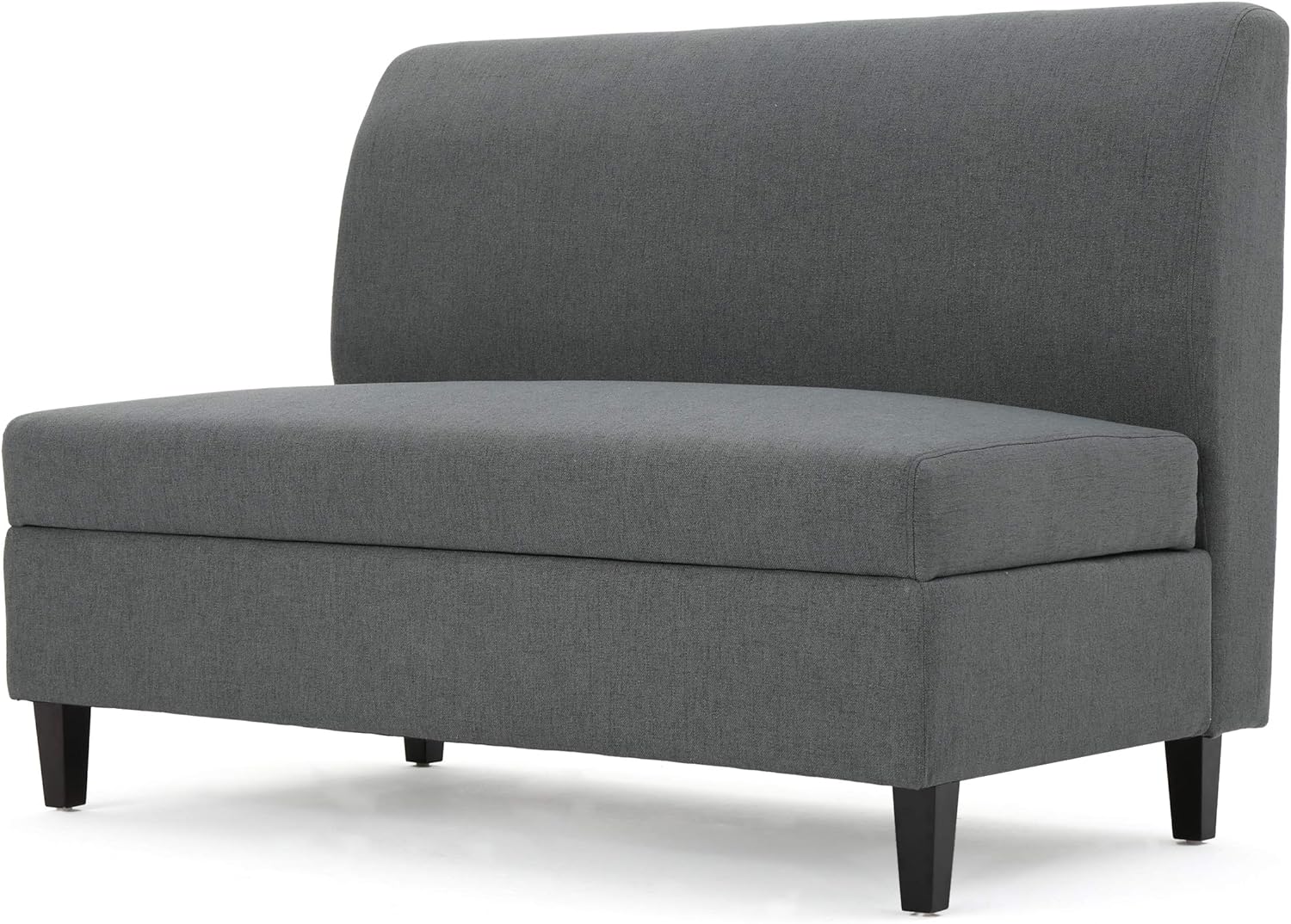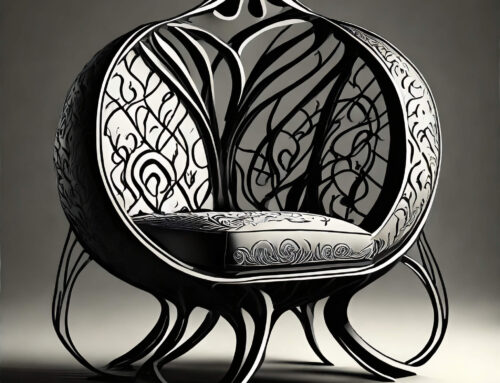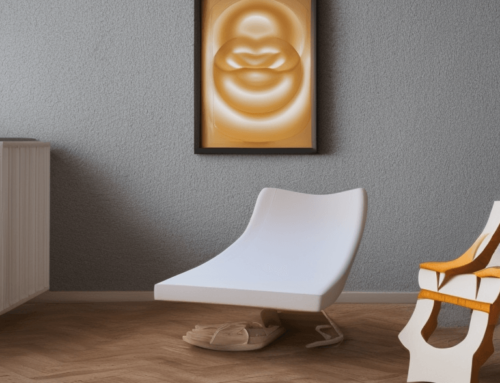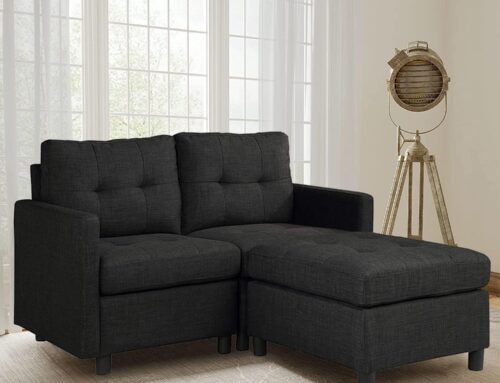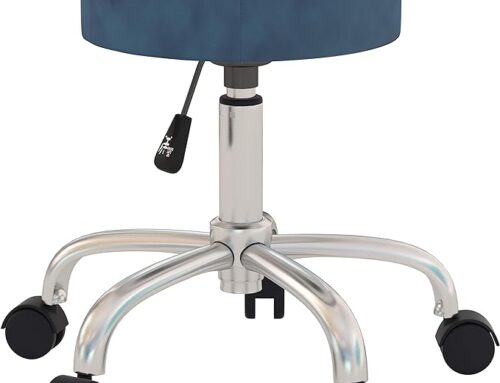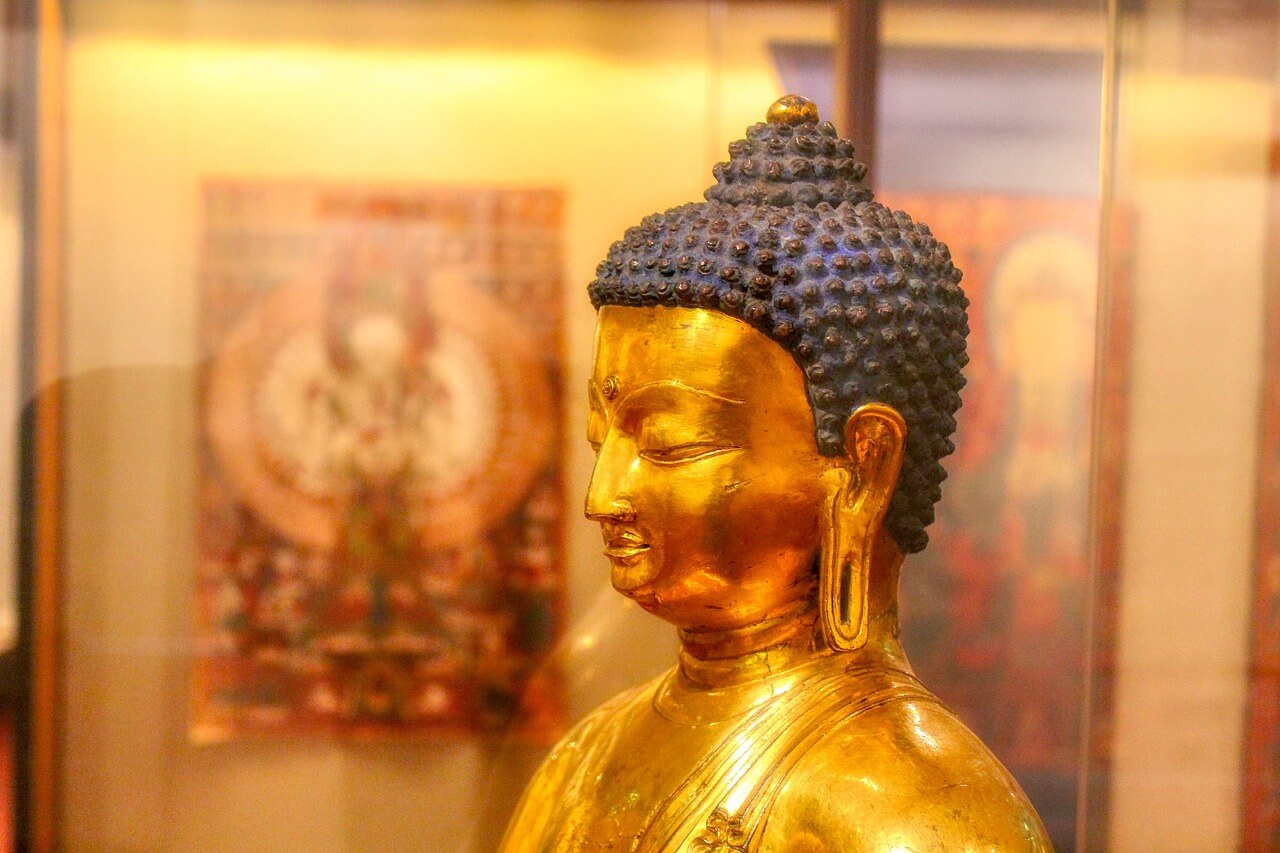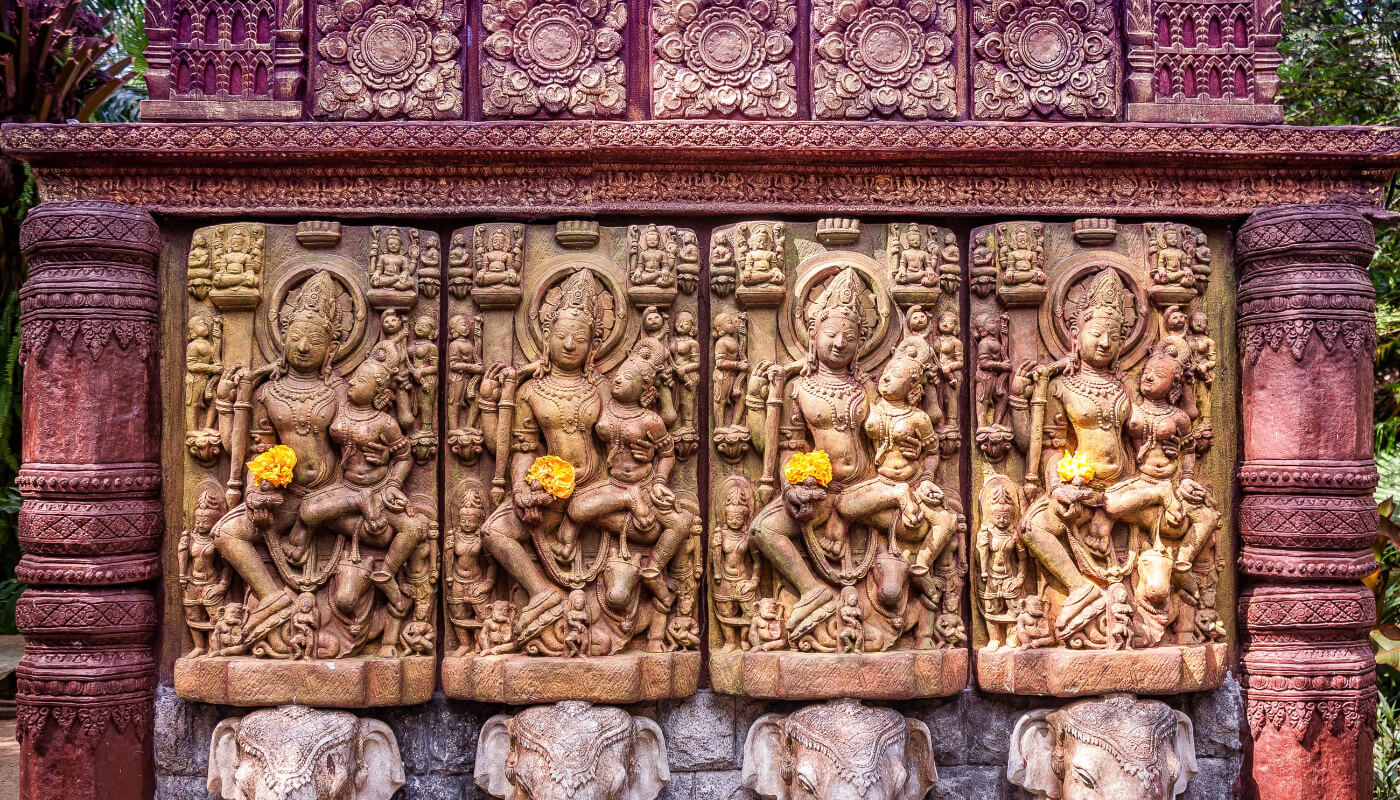What is an Armless Loveseat and Why You Should Consider One
An armless loveseat is a type of chair/sofa that has no arms on either side. It usually seats two people and can fit in small spaces. Armless loveseats are also known as settees, banquette sofas, or bench sofas
The Benefits of Armless Loveseats
There are many reasons why you might want to choose an armless loveseat for your home. Here are some of the benefits:
Space-saving
An armless loveseat takes up less space than a regular sofa with arms. This makes it ideal for small rooms, apartments, or studios. You can also place it against a wall, in a corner, or under a window without blocking the view or the light.
Versatile
An armless loveseat can be used in different ways. You can use it as a sofa, a chaise lounge, a daybed, or even a dining bench. You can also move it around easily and change the layout of your room whenever you want.
Stylish
An armless loveseat can add a touch of elegance and sophistication to your room. It has a sleek and modern look that can complement any decor style. You can also choose from different upholstery types, colors, and patterns to suit your taste and personality.
The Drawbacks of Armless Loveseats
Of course, an armless loveseat is not perfect for everyone. There are some drawbacks that you should be aware of before buying one. Here are some of the disadvantages:
Less comfortable: An armless loveseat may not be as comfortable as a sofa with arms. You may miss the support and coziness that arms provide. You may also feel less secure and more exposed when sitting on an armless loveseat.
Less functional: An armless loveseat may not be as functional as a sofa with arms. You may not have a place to rest your arms, elbows, or head. You may also not have a place to put your remote control, phone, or drink.
Less durable: An armless loveseat may not be as durable as a sofa with arms. The edges and corners of the seat and back cushions may wear out faster than the arms. You may also need to replace the cushions more often.
Key Factors to Consider When Purchasing an Armless Loveseat
Opting for an armless loveseat requires thoughtful consideration to ensure it aligns with your space, style, and comfort needs. Below are essential considerations:
Space Measurement: Ensure the armless loveseat fits seamlessly in your intended area by measuring the space accurately. Remember to account for walking space and the placement of other furniture pieces around it.
Upholstery Selection: Your choice of upholstery should reflect your personal style and comfort preferences. Options range from cotton, faux leather, linen, velvet, to microfiber, each with its own maintenance needs, durability, and cost implications.
Back Style Preference: The back style of the loveseat should support your preferred posture and comfort level. Choices include cushion, tight, tufted, and pillow backs, each offering a different aesthetic and feel, from soft and plush to firm and elegant. Color and Pattern Choices: Selecting the right color and pattern is crucial for complementing your room’s decor and setting the desired mood. Neutral tones offer versatility, while vibrant colors add energy. Patterns such as floral, geometric, or striped can introduce a distinctive flair to your space.
An armless loveseat can be a stylish, space-saving, and versatile addition to your home. However, consider its potential limitations regarding comfort, functionality, and longevity. Evaluating these aspects carefully will help you make an informed decision.
Considering these factors will guide you to the ideal armless loveseat that not only fulfills your functional requirements but also matches your aesthetic preferences.
For further insights on choosing the perfect armless loveseat or other inquiries, feel free to reach out to us.
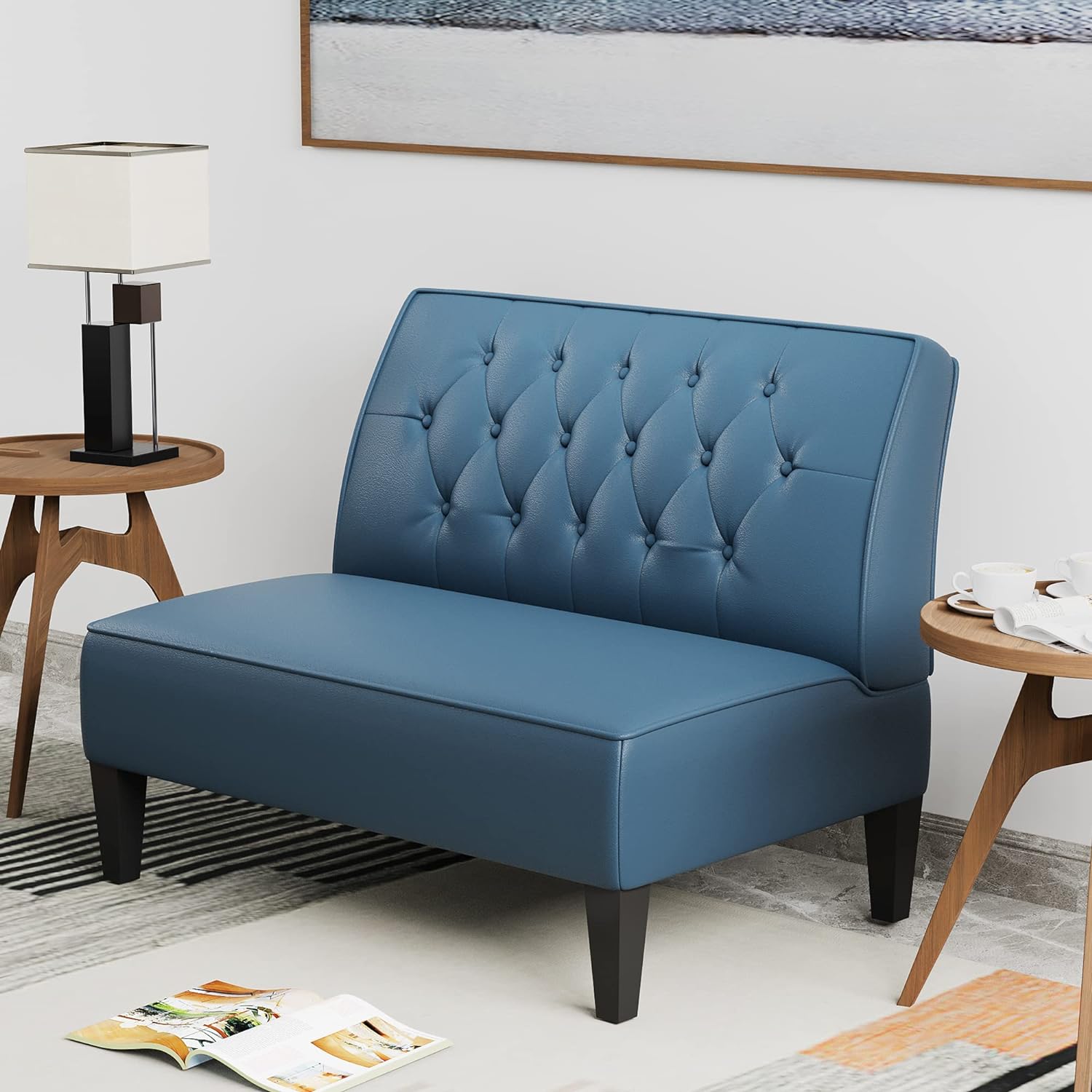
Why is it called “loveseat”
A loveseat is a type of sofa that has no arms on either side and can seat two people. The name “loveseat” comes from the 19th century, when it was used as a way for courting couples to sit close together and have intimate conversations. The original loveseats had an S-shaped design that allowed the couple to face each other and hold hands. The name also implies a romantic and cozy feeling that the furniture provides.
Today, loveseats are popular for their space-saving and versatile features. They can be used in different rooms and settings, such as living rooms, bedrooms, offices, or outdoor areas. They can also be paired with other furniture pieces, such as sofas, chairs, or tables. Loveseats come in various styles, materials, colors, and patterns to suit different preferences and tastes
When it comes to furnishing your living space, a loveseat is a charming and versatile piece of furniture that can add warmth and comfort to any room. Loveseats are typically smaller than traditional sofas, making them an ideal choice for cozier spaces or as a complementary piece alongside a larger sofa. The materials used in making a loveseat play a crucial role in determining its comfort, durability, and aesthetic appeal. In this article, we’ll delve into the various materials commonly used in crafting loveseats, as well as the best types of wood for constructing the frame.
Upholstery Materials
- Fabric: Fabric upholstery is a popular choice for loveseats. It offers a wide range of colors and patterns, allowing you to match your loveseat to your existing décor. Common fabric options include cotton, linen, polyester, and microfiber. Each fabric type has its unique characteristics, such as breathability, durability, and stain resistance.
- Leather: Leather loveseats exude elegance and timeless beauty. Leather is known for its durability, resistance to wear and tear, and its ability to age gracefully. While genuine leather is often the top choice, faux leather (also known as vegan leather) provides a more affordable and cruelty-free alternative that still offers a luxurious look.
- Velvet: Velvet upholstery adds a touch of opulence to your loveseat. It’s soft to the touch and offers a rich, luxurious appearance. Velvet loveseats can create a sumptuous focal point in any room.
- Microfiber: Microfiber upholstery is a practical choice, especially for households with pets and children. It’s highly stain-resistant and easy to clean, making it a durable option for families.
Frame Materials
The frame of a loveseat is the structural core of the piece, and the type of wood used plays a significant role in determining its strength and longevity. Here are some of the best woods for crafting loveseat frames:
- Hardwood: Hardwoods like oak, maple, and cherry are excellent choices for loveseat frames due to their durability and natural beauty. These woods are known for their resistance to warping and cracking over time.
- Beechwood: Beechwood is a popular choice for loveseat frames because it is both strong and flexible, making it an ideal option for crafting intricate designs and curves.
- Plywood: Plywood is often used in combination with hardwood for structural support. It provides additional strength while reducing the overall weight of the loveseat.
- Engineered Wood: Engineered wood, such as MDF (Medium-Density Fiberboard), is a cost-effective alternative to solid wood for frame construction. It offers good stability and resistance to moisture.
It’s important to note that the quality of the wood used in the frame directly affects the loveseat’s overall durability and lifespan. High-quality materials and craftsmanship will ensure your loveseat lasts for many years.
Loveseats come in various upholstery materials, allowing you to choose the style that suits your preferences and complements your interior design. When it comes to the frame, hardwoods like oak and beechwood are excellent choices for ensuring your loveseat not only looks beautiful but also stands the test of time. By considering the materials used in your loveseat, you can make an informed choice that combines both aesthetics and durability to create a piece of furniture that you’ll cherish for years to come.

